
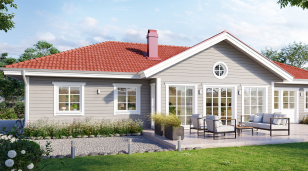



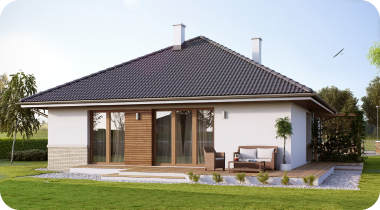
A link to download your FREE brochure will be in your inbox in 3 minutes
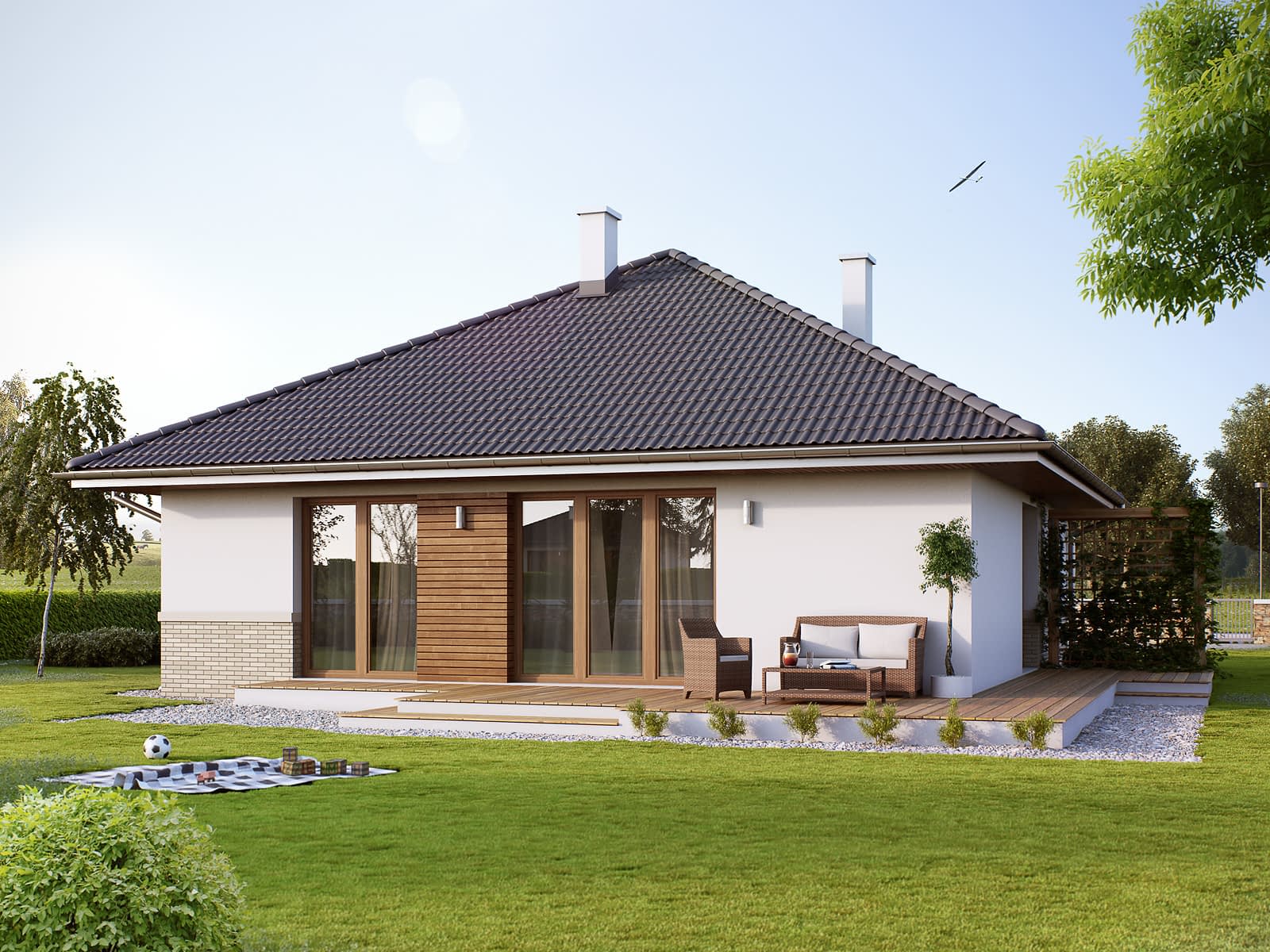






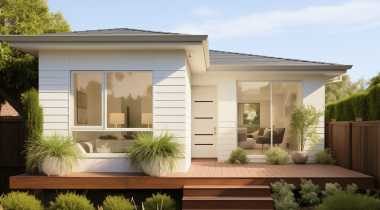











The final price may vary based on project specifics.
To get a free accurate quote tailored to your needs, book a consultation with us today!

The price per square foot provided is an average and may vary depending on project-specific details such as materials, location, complexity, and other factors. Actual costs may differ from the average provided.
It is recommended to obtain a detailed quote based on the specific requirements of your project.

Please note that the monthly payment displayed on this page is an estimate and is subject to variation based on the selected loan product, applicants credit score, loan amount, and other financial details. Actual monthly payment may differ from the estimate provided.
It is recommended to seek advice from a financial advisor or loan officer to obtain precise payment information tailored to individual circumstances.
 Your Trusted
Local Contractor
Your Trusted
Local Contractor
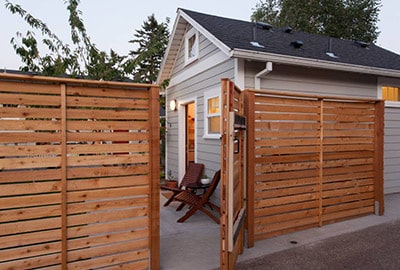
The tiny house movement has swept not just the nation, but the world. With more people focusing on life and what truly matters, tiny house living has become a symbol of freedom, simplicity, and financial prudence. But why exactly are tiny homes skyrocketing in popularity? Let’s delve into this tiny home trend and examine the allure of living small.
The tiny house movement has seen a surge in popularity for several reasons. Tiny houses offer a chance at tiny home living without the burden of a traditional mortgage. The allure of the tiny house is not just in its size, but in the freedom it provides. The small house ethos prioritizes experiences over possessions. With an average of fewer square feet, these homes cost less, which is a draw for many. The American tiny house movement has heralded a shift from traditional house living, promoting the benefits of downsizing.
Additionally, tiny home owners have the flexibility to live off-grid, reducing their ecological footprint. In essence, tiny housing is both an affordable and eco-conscious alternative to standard housing.
Let's take a closer look!
One of the most significant draws of the tiny house movement is the promise of financial freedom. Traditional homes often come with a hefty mortgage, which can keep homeowners tied to the “rat race.” However, a tiny home typically costs significantly less, allowing owners to live mortgage free or significantly reduce their debt. Over the long run, this can free up a lot of capital, making it one of the prime reasons why tiny homes are so popular.
The smaller square footage of tiny houses means they require less energy to heat and cool, resulting in lower energy consumption. Many tiny homeowners are also adopting green energy options like solar panels, reducing their carbon footprint. The tiny home movement champions eco-friendly solutions, adding to its gaining popularity.
Tiny living means fewer items to maintain and clean. This simplicity promotes a minimalist lifestyle, where the focus is on experiences over possessions. By living in a space with less space and fewer belongings, individuals can focus more on what brings them joy, be it hobbies, relationships, or travel.
Unlike most average home options, tiny homes, by nature of their small space, grant owners the freedom to move. This is particularly true for homes on wheels. The world becomes your backyard, and you're not tied down to a large piece of land or a traditional home.
The tiny house nation is more than just about houses; it’s a social movement. Many local communities of tiny homeowners have sprung up, offering support, camaraderie, and a shared ethos of simple living. Living in a tiny environment means that community and social connections become even more vital.
Every square inch counts in a tiny home, leading to innovative designs that maximize living space. Features such as lofted beds, pull-out tables, and multi-use furniture are common. The clever use of natural light and mirrors can also make the living area feel much larger than its actual square feet.
For many, tiny house living symbolizes a break from the consumerist culture. Rather than seeking a larger home, packed with items, the desire shifts towards valuing life and experiences over material possessions. The tiny house living ethos promotes self-sufficiency, making do with fewer items, and truly valuing each possession.
As our world evolves, so too do our definitions of home and lifestyle. The tiny house movement reflects a broader societal shift towards valuing experiences over possessions, community over isolation, and freedom over size. Tiny homes, with their innovative designs, affordability, and eco-friendly ethos, are not just houses; they represent a way of life, a choice to live intentionally and authentically.
As more people witness the benefits of tiny house living, it’s clear that these small homes have a big place in our modern world.
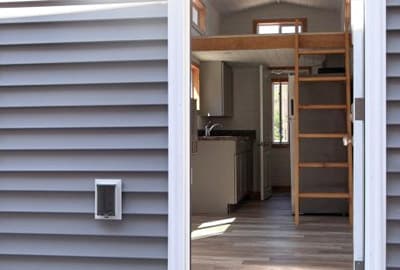
The global infatuation with tiny homes transcends mere architectural curiosity. With urban areas becoming crowded and real estate prices skyrocketing, the question arises: why are tiny homes so popular? The heart of this phenomenon lies in the tiny house movement—a social movement that advocates for downsizing living spaces, promoting sustainable living, and achieving financial freedom.
As more tiny homeowners champion the benefits of living with less space and fewer belongings, the allure of tiny house living becomes evident.
In essence, the popularity of tiny homes is a testament to a growing global consciousness. It's about recalibrating our lives and lifestyles to prioritize experiences, community, sustainability, and freedom. While it's not a one-size-fits-all solution, for many, it offers a refreshing and fulfilling alternative to the traditional concept of a home.
Millennials have faced financial challenges that previous generations didn’t. The promise of affordable living, freedom from hefty mortgages, and a desire to live a simpler lifestyle resonate with many in this demographic, making the tiny home movement appealing.
The typical size ranges, but 400 square feet or less is a common benchmark. However, sizes can vary based on the homeowners' needs and the design of the house.
Due to their smaller square footage, tiny homes generally consume significantly less energy than traditional houses. Moreover, many are designed to be energy efficient and incorporate green energy options, further reducing their environmental impact.
Given the multitude of benefits they offer, from financial to eco-friendly, many believe that tiny homes represent a shift in societal values rather than just a passing trend. Their growing popularity indicates that they’re here to stay.
Get a First Look at Real ADU Projects